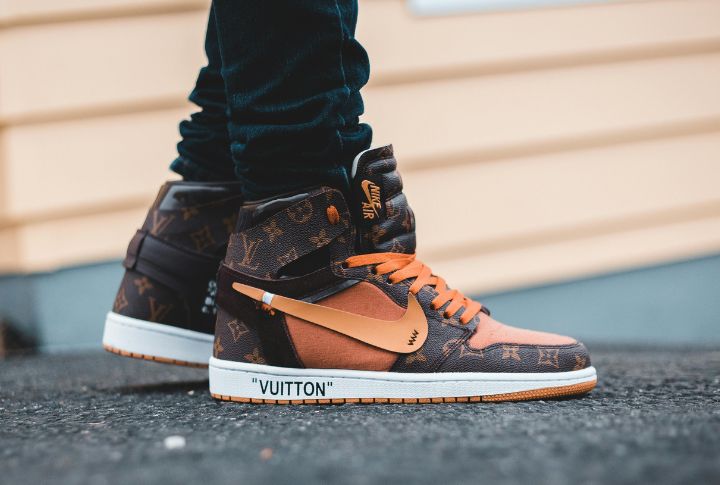
Sneakers carry influence far beyond the world of fashion. Their rising value has created a global market that is both filled with opportunity and risk. In several cases, routine shipments turned out to be anything but, and the hauls behind them made headlines for all the right reasons. Here are ten fake sneaker busts that stood out the most.
$31 Million Network Busted (2007)
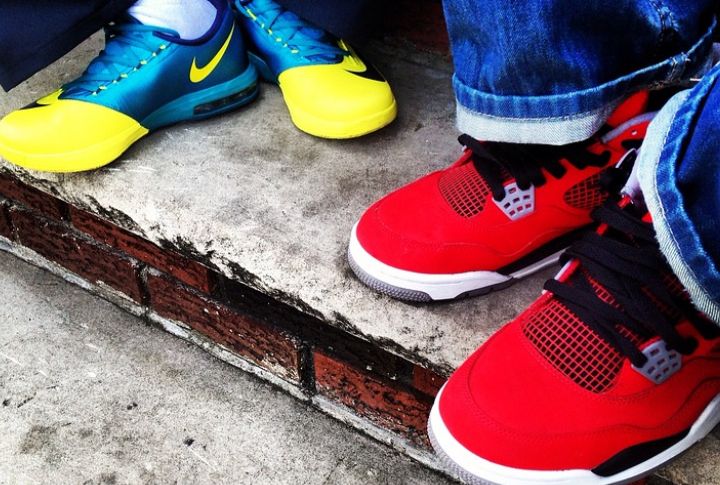
Coast-to-coast raids in 2007 put a halt to a China-linked racket that was moving fake Nikes through Brooklyn warehouses. Undercover agents and wiretaps revealed front companies and falsified shipping records. They seized 291,699 pairs in a single, coordinated operation across multiple states—enough to alert the industry about the massive fake sneaker networks.
$2.6 Million Jordan Scheme (2016)
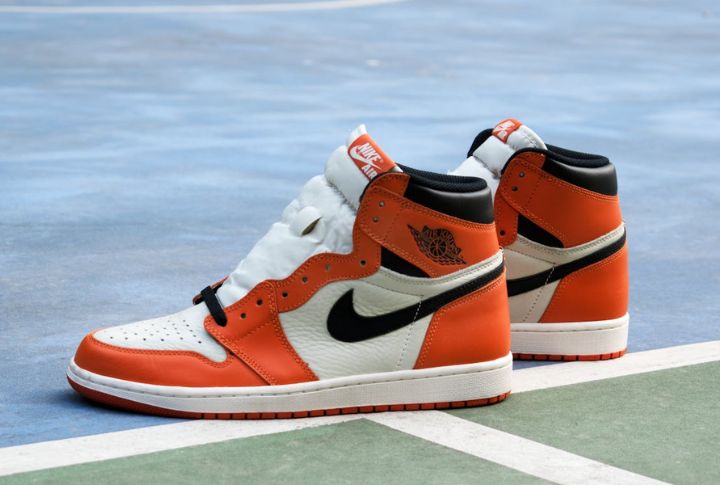
James Pepion ran his replica Air Jordan hustle out of Portland from 2012 to 2015. After Nike complaints piled up, federal agents moved in, seizing 1,560 pairs and proving the $2.6 million gig was no side hustle. Four months behind bars and three years of supervised release made him the earliest sneaker fraudster.
$472 Million Bust (2022)

High-value knockoff sneakers don’t stay hidden from the law forever. A New York-based ring shifted more than 385,000 fake Nike and Louis Vuitton pairs from China using burner phones, shell companies, and shady shipping manifests. Labeled as ventilation fans, the cargo filled 129 shipping containers stashed in NYC storage units.
27,000 Pairs Seized (2024)
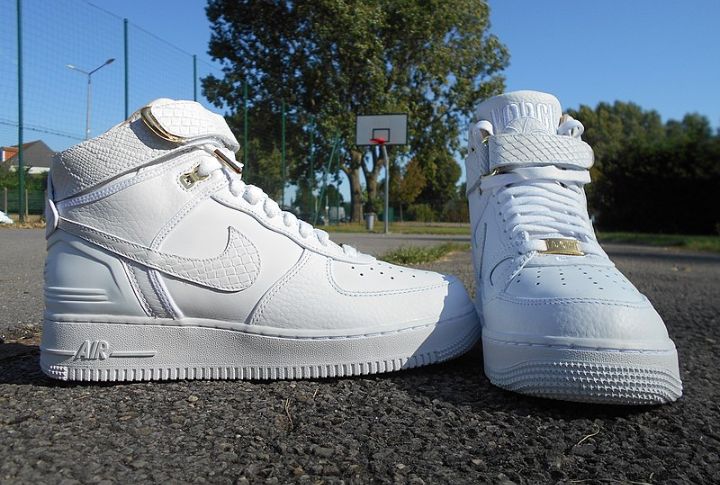
There is nothing subtle about raiding a cramped Saint-Ouen-sur-Seine storage unit packed with 27,000 fake Nikes. The haul—Air Force 1s and TNs—sat at €3.5 million in street value. Clearing that cramped space took authorities over a day to complete. Every pair was headed for bargain hunters at the bustling Saint-Ouen flea market.
$4.3 Million Dior Jordans (2020)

Labeling Dior x Air Jordan 1s as “Ball Golf” gear raised instant red flags; at Dallas/Fort Worth, U.S. Customs found 1,800 pairs fresh from Hong Kong, each knockoff mirroring the $2,000 original. Inspectors spotted sloppy packaging and bad stitching—big clues that resale prices could hit $10,000 if they slipped through.
380,000 Fake Yeezys (2018)

Rings like this New York operation don’t stay small. Smuggling in 380,000 fake Yeezys packed into 42 containers from China, they stacked warehouses and funneled the shoes through smaller outlets. The trail traced straight to Putian, China—famous for massive shoe copy runs. Altogether, the estimated hit to the market topped $70 million.
14,000 Nike Replicas (2019)

Inspectors at a Los Angeles port didn’t let 14,806 imitation Nike Air Jordans slip past so easily. Valued at about $2.2 million, these knockoffs got sniffed out thanks to a partnership between Nike and U.S. Customs using fresh authentication tools. This bust countered the surge of fake mail-order sneaker shipments.
2.2 Million Pairs Seized (2023)
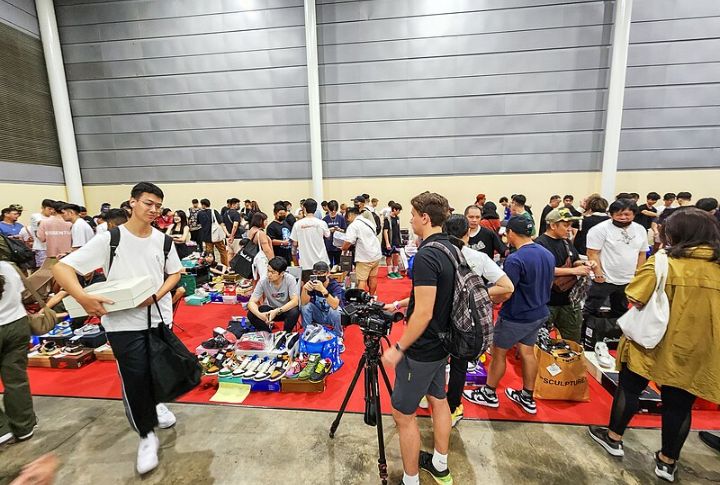
Philippine Bureau of Customs (BOC) officials tackled a massive haul of knockoffs when they seized around 2.2 million pairs in Manila. Mainly from China, the stash carried a PHP 1.5 billion price tag—about USD 28 million. Nike lent a hand to protect its trademarks and stopped the fake big-brand sneakers before they reached retail shelves.
22,000 Pairs Confiscated (2021)

Valencia became a hub for sneaker sting operations when Spanish authorities shut down 22,000 unauthorized pairs. Months of watching and tracking paid off as the team swept in on sellers pitching replicas as “limited edition” drops. Social media promotions lured buyers while the stash mixed multiple top brands, all boxed up for a fast flip.
$10 Million In Fakes Caught (2024)
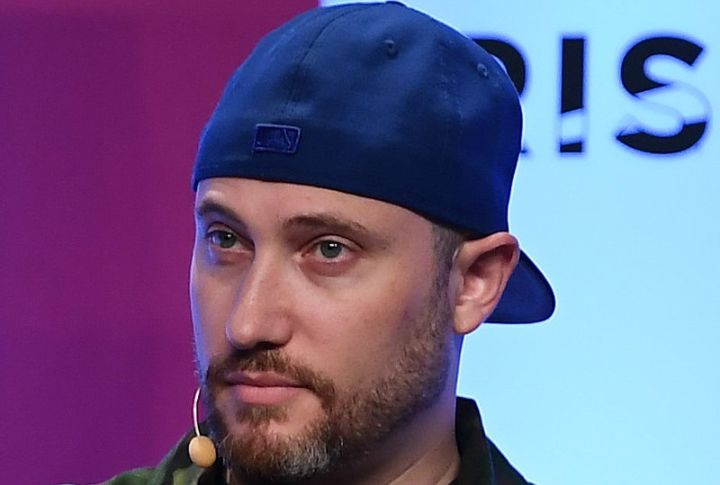
StockX’s authentication team flexed hard in 2024 by blocking over 30,000 fake sneakers before they landed on doorsteps. That stash alone was worth $10 million in bad merch. More than 370,000 products failed checks that year. They also removed 500,000 suspicious listings and shut down 90,000 questionable user accounts in the process.
